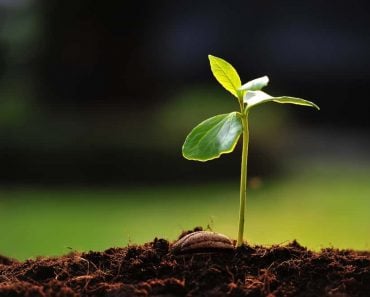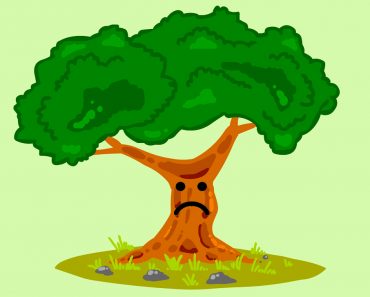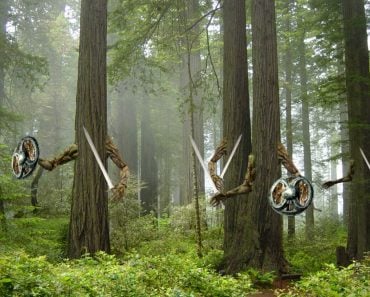Table of Contents (click to expand)
Thigmotropism is the directional movement of plants in response to the stimulus of touch. This basically means that a plant alters its normal pattern or direction of growth or movement as the result of an external touch stimulus.
Thigmotropism is defined as the directional movement of plants in response to the stimulus of touch. This basically means that a plant alters its normal pattern or direction of growth or movement as the result of an external touch stimulus.
Plants, like us, rely on their senses to survive. Their activities are largely controlled by external stimuli, which makes them good at adapting to their environment. They react to stimuli in various forms, including light (phototropism), water (hydrotropism), gravity (geotropism), chemicals (chemotropism) etc.
Like humans, another thing that plants react to is touch. In fact, some plants have been known to have a much more sensitive sense of touch than humans, some being nearly 10 times more reactive.
Recommended Video for you:
Thigmotropism Definition
Thigmotropism is defined as the directional movement of plants in response to the stimulus of touch. This basically means that a plant alters its normal pattern or direction of growth or movement as the result of an external touch stimulus. As with other forms of tropism, this can be both positive or negative.
When a plant grows towards the stimulus of touch, it is said to exhibit positive thigmotropism. Conversely, when a plant grows away from the stimuli, it exhibits negative thigmotropism
Positive Thigmotropism
This type is exhibited by parts of the plant like the tendrils. Tendrils are specialized leaves, stems or petioles of plants. They are used for support in climbing plants. They tend to coil around the object, which acts as the touch stimulus, thus “climbing” on the object.

When growing, one side of the tendril touches the object, for instance, a stick. This signal is transmitted to the side that isn’t in contact with the stick and curling occurs. The rate of growth on the non-contact side increases, while the rate slows down on the side that is in contact with the stick. This is called differential growth. It leads to elongation of the non-contact side, which eventually leads to curling of the tendril.
This phenomenon is also responsible for plants like ivy, which stick to fences or some form of support and grow along it.
Negative Thigmotropism
When a plant, or a part of it, grows away from the touch stimulus, it is called negative thigmotropism. This is shown by the roots of plants. While growing, if the roots touch something, they change their direction and grow away from the touch stimulus. This helps them to navigate under the soil and grow into areas of least resistance.
Negative thigmotropism in roots is sometimes strong enough to trump other factors, like the pull of gravity. For example, in a vertical bean root, the stimulus of touch is enough to change the direction of growth of the vertical roots.

A common misconception about thigmotropism, however, is the closing of the Mimosa pudica, or touch-me-not plant leaves. Although people think that this rapid movement also occurs due to thigmotropism, a different mechanism called thigmonasty is involved in that shocking display.
Plants depend on a number of biotic and abiotic factors to moderate their growth. These factors jointly influence the plant, occasionally taking precedence over each other. There is no fixed rule as to which factor dominates over another; it simply differs from plant to plant.












